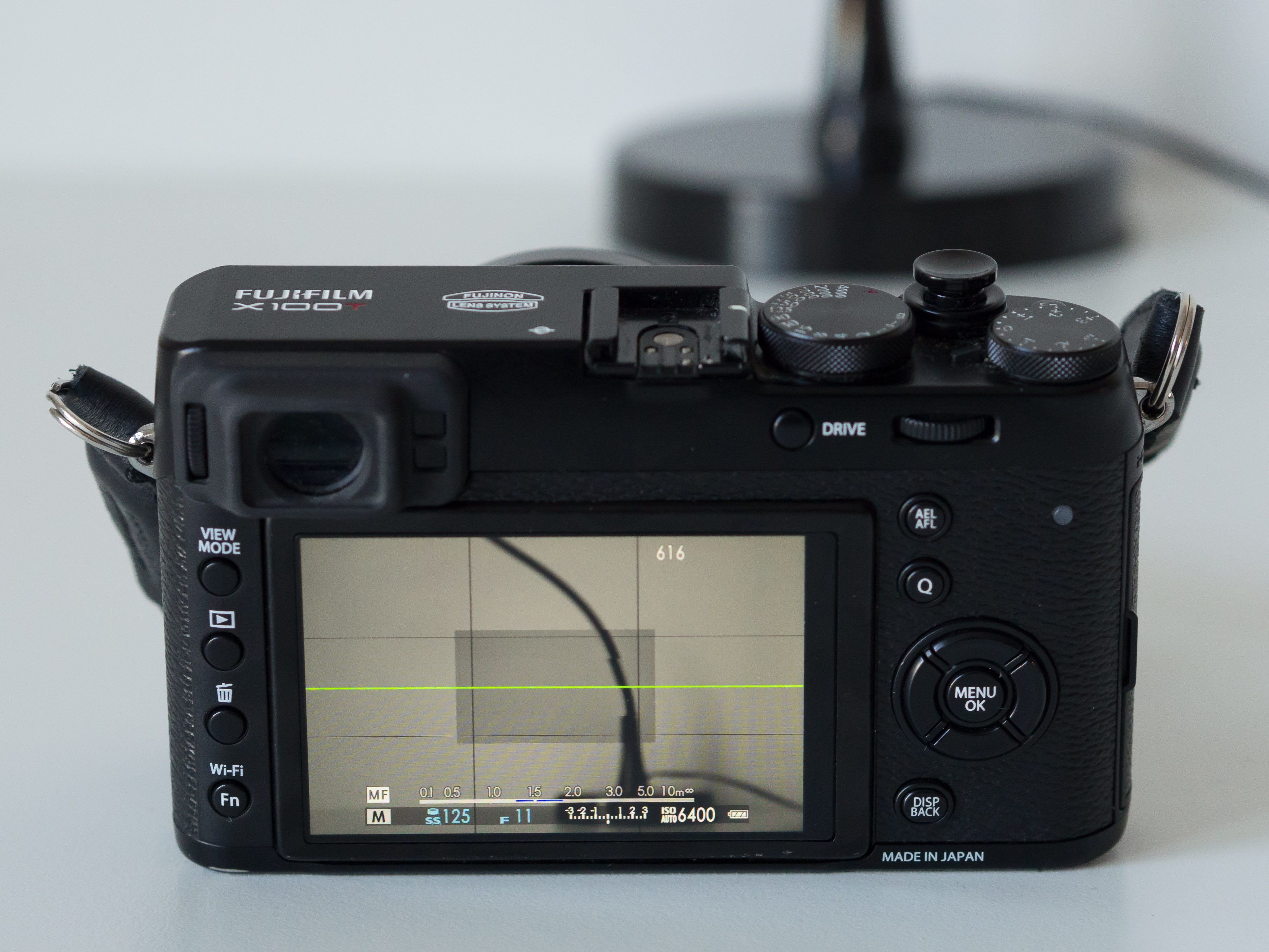
Introduction
The Fuji X100 (X100S, X100T) series of cameras are very well suited for shooting street photography. They are small, compact and lightweight. Furthermore, they don’t attract attention, so people on the street won’t notice you as a “professional” photographer. Their inbuilt focal length of 23mm (35mm full-frame equivalent) is also perfect for capturing street scenes.
The Fuji X100T didn’t actually replace my Olympus OM-D E-M10II, because it lacks IBIS and interchangeable lenses. However, the X100T is a little bit smaller and lighter, so I can carry it with me, wherever I am. And I actually do that. I take it with me to work every day. I shot my first photo on Flickr Explore with the X100T. Not because the camera is that good, but because I had it with me in that very situation
The X100T has, as well as all other cameras out there, some specialties when it comes to the menus and configuration. In this post, I will share some experiences I made with you. Furthermore, I will give you some hints on how to setup the camera for street photography.
1.) Battery issues
I bought the X100T used. When I first got it, I had the impression that the battery was broken. Whenever I put the battery into the charger, the charging indicator turned green without even plugging the charger into a socket. Plugging it in, the battery charged forever. I took the battery out after maybe 5 hours and the camera said it’s still completely empty. So I decided to test a brand new battery and a brand new charger by an alternative brand (Link). At the end of the day it turned out that the charger was broken! Even the old/used battery works just fine! Now it takes a battery about 4 hours to fully charge.
2.) Macro mode and OVF
One of the key features I wanted to use is the optical viewfinder (OVF). However, even with factory settings, I just couldn’t activate the OVF. After some intensive research it turned out that the OVF doesn’t work in conjunction with macro mode. Here is what the manual says about that:
Macro mode is available only with the electronic viewfinder and LCD monitor. If the optical viewfinder or dual optical viewfinder/electronic range finder is on when macro mode is selected, the camera will automatically switch to the electronic viewfinder.
So I turned off macro mode immediately:
Menu 1r → Autofocus setting → Macro → Off
Then I was able to activate the OVF.
3.) Auto ISO
Most of the time I use Auto-ISO within the range from ISO 200 up to ISO 6400. In my opinion a grainy photo telling a good story is more useful than a technically perfect photo, so my preference is shutter speed over ISO. In fact, I’ve even seen stunning photos with ISO 12800!
An amazing feature of the X100T is that you can define a slow limit aka. minimum shutter speed. This is a feature that the Sony A7, one of my previous cameras, does not have. If you define an ISO range from 200 to 6400 with a min. shutter speed of 1/100s, for instance, the camera will first increase the ISO until the maximum ISO of 6400 is reached before lowering the shutter speed.
So let’s say your metering returns f/4, ISO400, 1/100s and it’s getting darker. The camera will not lower the shutter speed any further because you’ve already reached the min. shutter speed. It will first increase the ISO. Since there’s still some space up to ISO 6400, the next step/stop darker will be f/4, ISO800, 1/100s. However, if your metering returns f/4, ISO6400, 1/100s and it’s getting darker, the maximum ISO has already been reached, so now the camera would have to lower the shutter speed and you would get f/4, ISO6400, 1/60s. What you could do in this situation is change the aperture to f/2.8 or even wider, if possible.
To change the Auto-ISO settings go to
Menu r1 → ISO → Auto1/2/3
and change the following settings:
- Default sensitivity: 200
- Max. sensitivity: 6400
- Min. shutter speed: 1/100s
The reason I want to ensure 1/100s is because most of the time I want to freeze people’s motion (e.g. their legs and feet) and 1/100s achieves exactly that. A lot of people also use even 1/125s or even 1/250s, this is personal preference, you should play around with that value and find your own personal preference.
The X100T allows you to define up to 3 Auto-ISO presets. I use the ranges 200-800, 200-1600 and 200-6400 all paired with the minimum shutter speed of 1/100s.
In situations where I want different shutter speeds, I use the “S” mode, meaning that a certain shutter speed is selected using the shutter speed dial and the aperture is set to “A”.
4.) Image size, quality and film simulation
I use Large with an aspect ratio of 3×2, Fine+RAW and the monochrome film simulation with the additional red filter.
The only reason I shoot JPEG+RAW on the X100T is because the film simulations are really stunning in my opinion! I found a nice article explaining all the simulation types: link. I really like the classic chrome for color and the monochrome+R for black and white.
5.) Autofocus
I suggest to use a single AF point and either take the center one all the time and then recompose or rather select the correct AF point to match your composition. To activate single AF points navigate to
Menu r1 → Autofocus Settings → AF Mode
And select the single point mode. Turn off Face Detection and the AF Illumination. In the Release/Focus Priority menu, I chose Focus as the priority, because I want to ensure sharp images.
In order to quickly select the appropriate AF point, I use the four back buttons. There’s a dedicated setting for that, so you don’t need to assign them individually. Select
Menu b2 → Selector Button Setting → Focus Area
I found out that a certain setting concerning power management has an influence on the overall AF performance. Select
Menu b2 → Power Management → High Performance → ON
And the AF will be much quicker. Not as quick as the Olympus OM-D cameras, but good enough.
If you often use the OVF, you should enable the corrected AF, so that you can actually see what you are focussing. To do that, select
Menu r1 → Autofocus Settings → Corrected AF Frame → ON
And within the OVF, the AF frame will be corrected according to the focus distance.
6.) Shutter type
The X100T has a mechanical as well as an electronic shutter. Even the mechanical shutter is very silent compared with other mirrorless cameras. So unless you need very fast shutter speeds like 1/32000s or you’re shooting in a church or something like that, I’d suggest to keep the mechanical shutter (MS), because you won’t get the rolling shutter effect.
7.) Annoying things
- Turn off the Sounds via Menu b2 → Sound Set-Up
- Turn off the image recap via Menu b2 → Screen Set-Up

